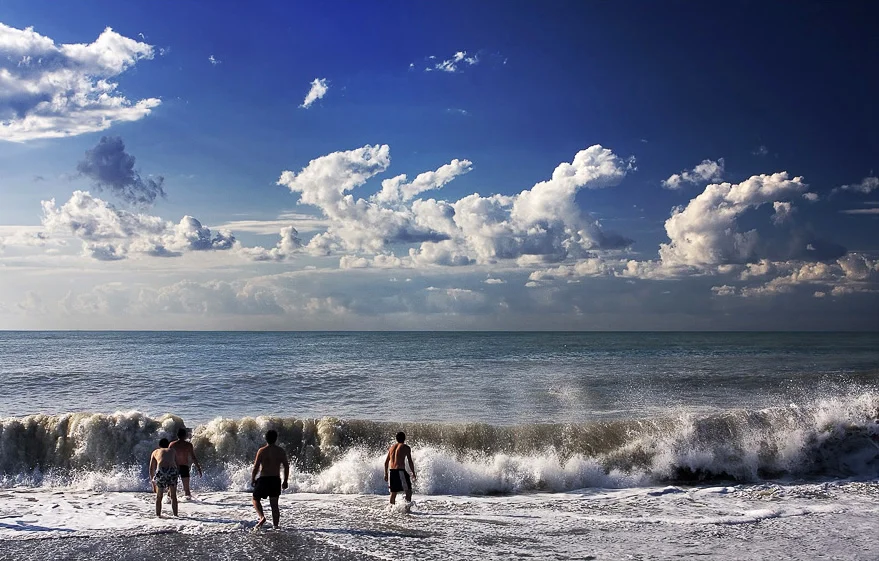Summer in Europe has a special pull for anyone who loves the sea. The coastlines stretch from the Atlantic to the Mediterranean and up to the rugged north. Some of the best beaches in Europe feel lively and full of music.
Others are quiet with soft sand and waves that barely make a sound. If you are looking for the best places to enjoy sun and water, here are the top beaches across Europe that stand out during summer.
Navagio Beach, Zakynthos, Greece
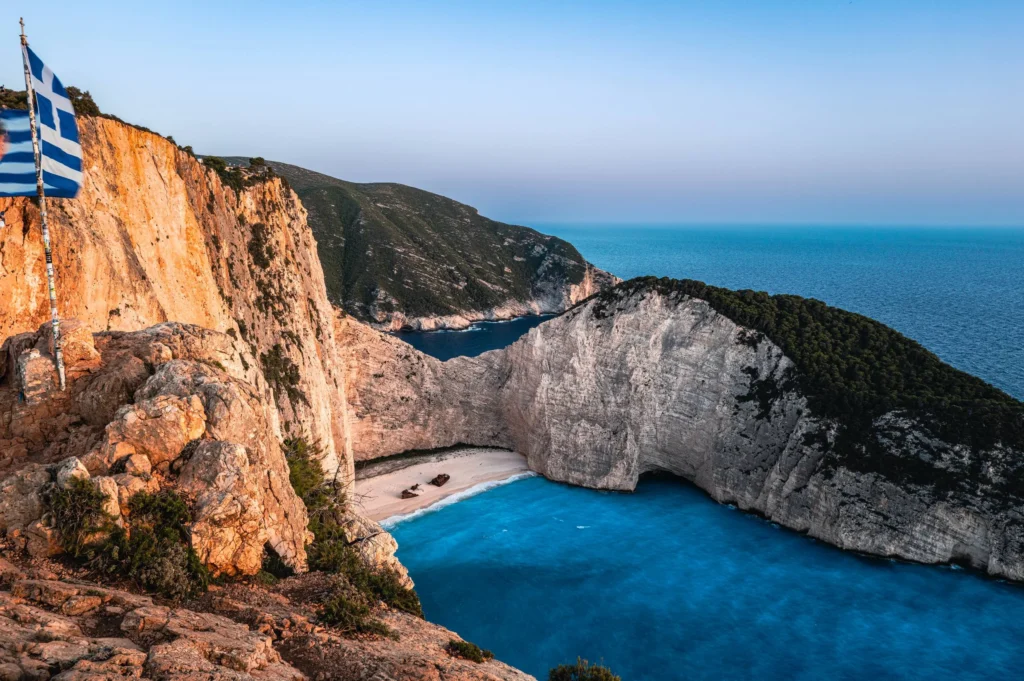
Navagio Beach on the Greek island of Zakynthos looks like something you might see on a postcard. High limestone cliffs surround a small sandy cove with bright blue water.
A shipwreck rests on the beach, which makes it even more dramatic. You can only reach this beach by boat, which adds to its charm.
Boats leave regularly from Porto Vromi or Zakynthos town. The water is clear, perfect for swimming and for children to play near the shore. The cliffs above also have a viewpoint that gives one of the most photographed scenes in all of Greece.
Cala Macarella, Menorca, Spain
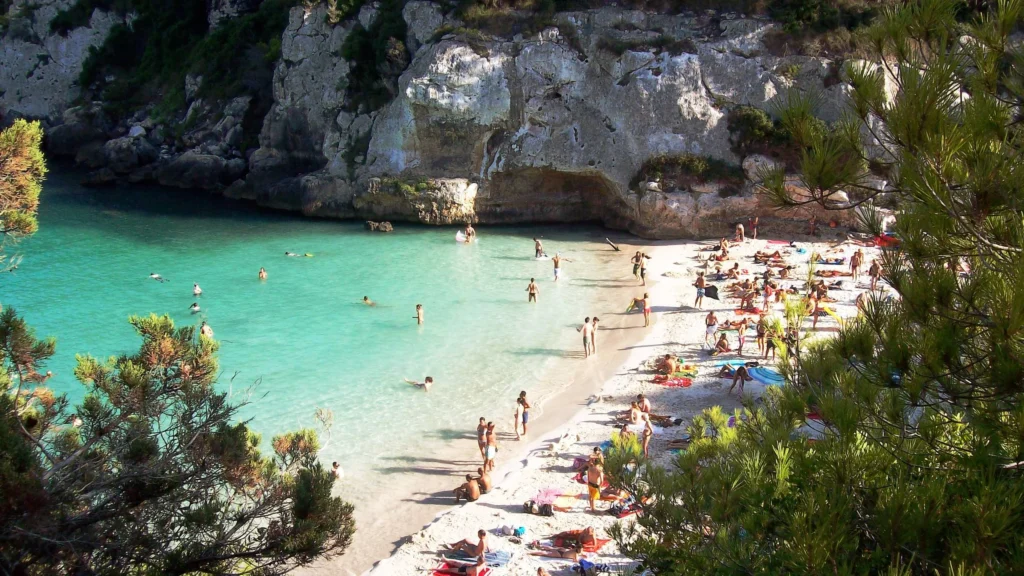
The Balearic Islands in Spain are known for their beaches, and Cala Macarella on Menorca is one of the prettiest.
The cove is surrounded by pine trees, which keep the sand shaded in the afternoon. The water is turquoise and shallow near the edge, so it is good for a calm swim.
It takes a bit of a walk to reach Cala Macarella, but the path itself is scenic and worth it. There is also a smaller cove next to it called Cala Macarelleta that is even more secluded.
Zlatni Rat, Brač, Croatia
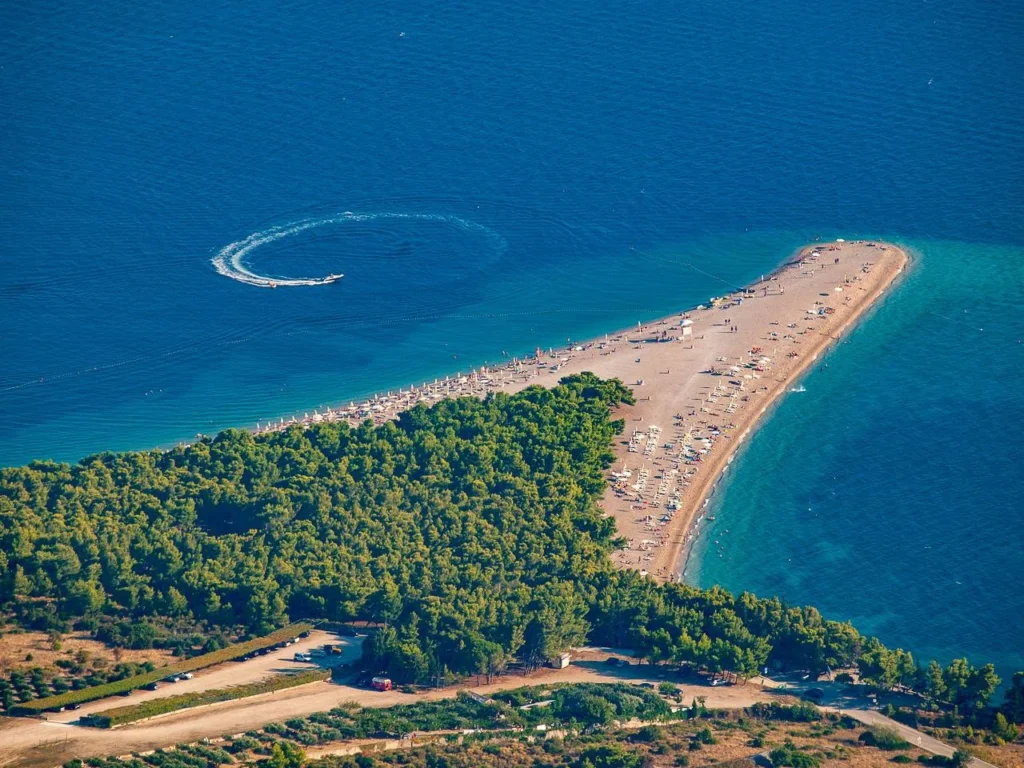
On the island of Brač in Croatia, Zlatni Rat is a beach that changes shape slightly with the wind and tides.
The sand and pebbles stretch into the Adriatic Sea like a golden horn. It is a favorite place for windsurfing and paddleboarding because of the steady breeze.
The nearby town of Bol has restaurants and small shops, so you can spend a full day here without rushing. The water around Zlatni Rat is very clear and good for swimming.
Praia da Marinha, Algarve, Portugal
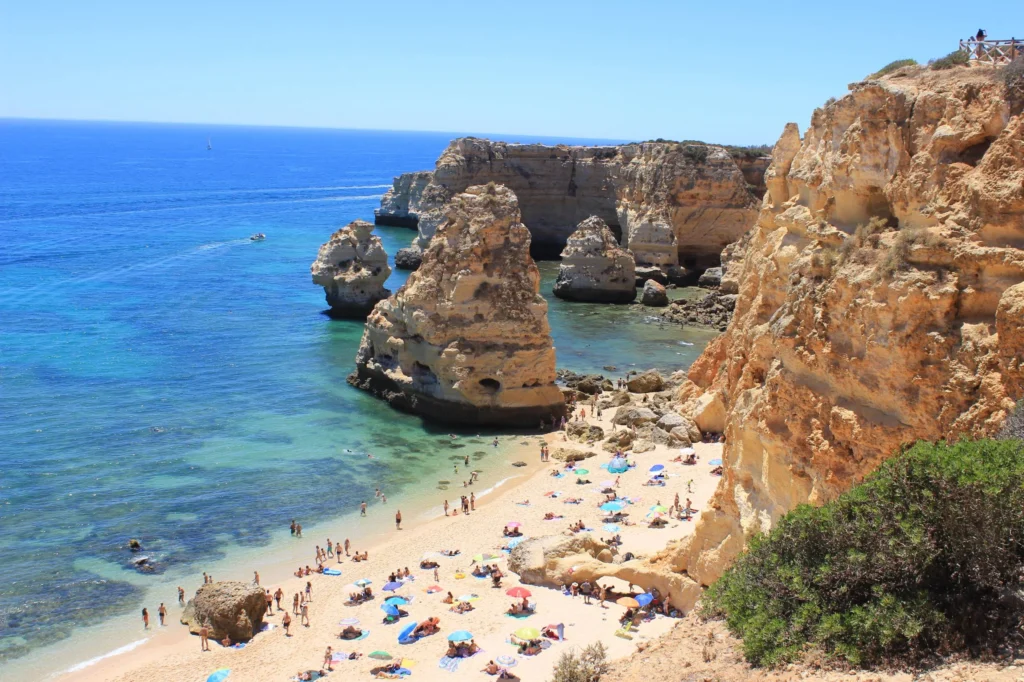
Praia da Marinha is often listed as one of the most beautiful beaches in the world. The Algarve region in Portugal has a coastline filled with golden cliffs and hidden caves.
Marinha Beach stands out because of its natural arches and calm waters.
A long set of steps leads down from the cliff to the sand. The top of the cliff has a walking trail that gives a great view of the beach and the rock formations.
During low tide, small pools form where kids can find shells and tiny fish.
Plage de Palombaggia, Corsica, France
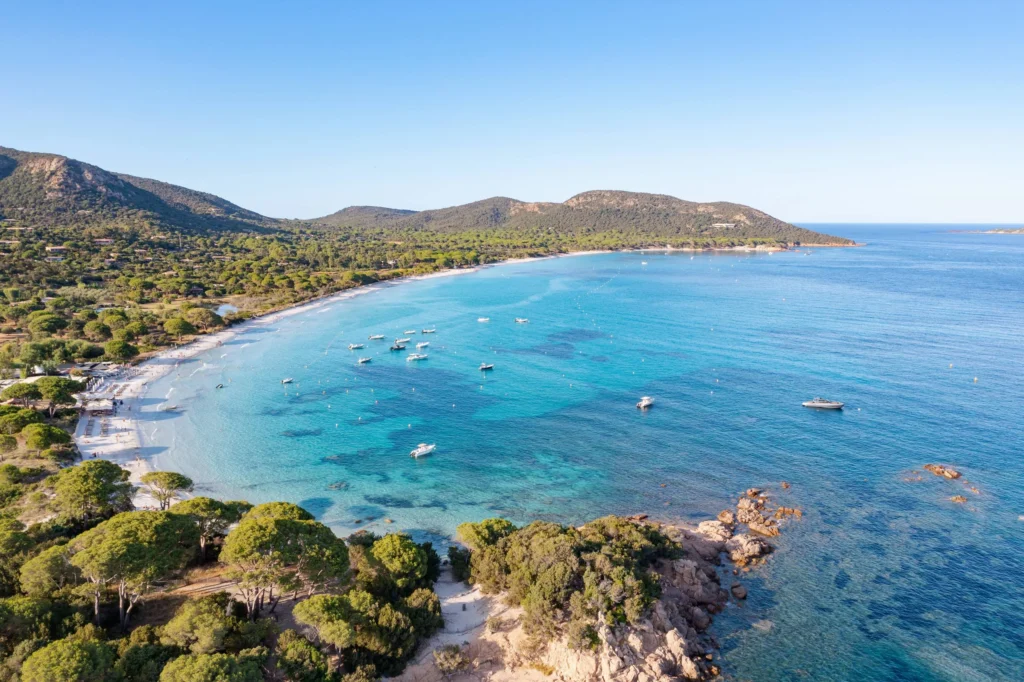
Corsica has a rugged coast, and Palombaggia Beach is its most famous stretch of sand. The beach is long and wide with pine trees that provide shade.
The water here is shallow and has a light turquoise color.
In summer, Palombaggia is ideal for long walks along the shore. There are small cafés behind the beach where you can find fresh seafood and cold drinks.
Nissi Beach, Ayia Napa, Cyprus
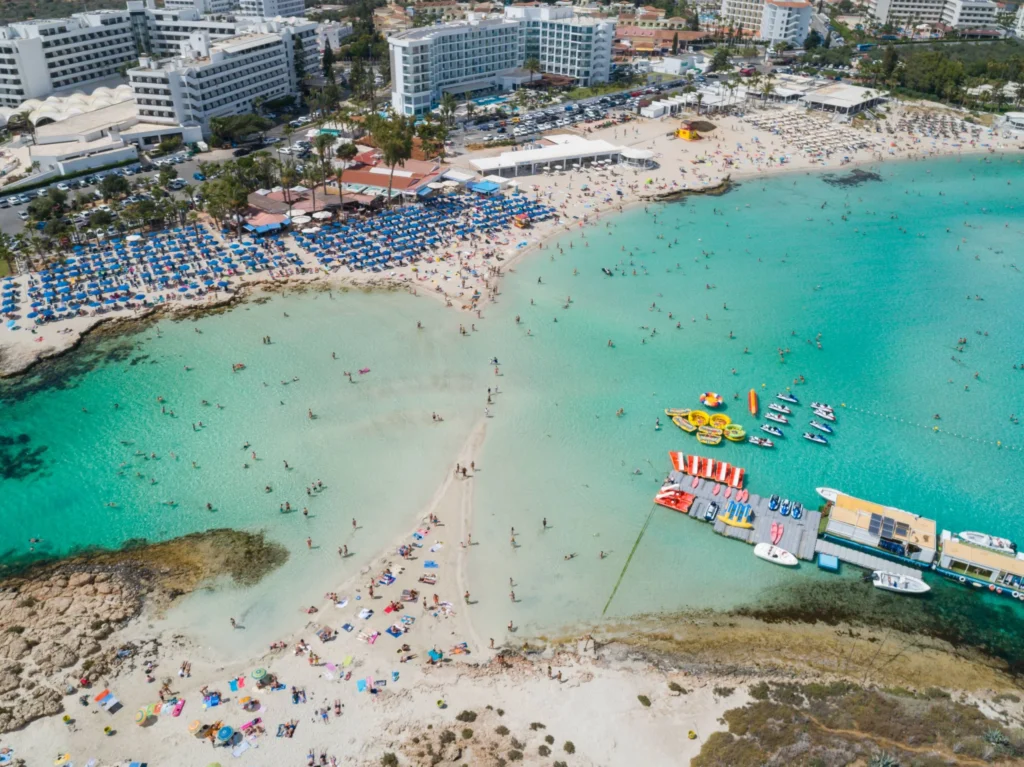
Cyprus is a Mediterranean island that enjoys sunshine almost all year. Nissi Beach in Ayia Napa is one of its liveliest spots. The sand is soft and white, and the water is shallow for a long distance out.
Families like it because kids can play safely in the calm water. For those looking for more activity, there are water sports like jet skis and banana boat rides.
Music plays from beach bars, creating a holiday atmosphere.
La Concha Beach, San Sebastián, Spain
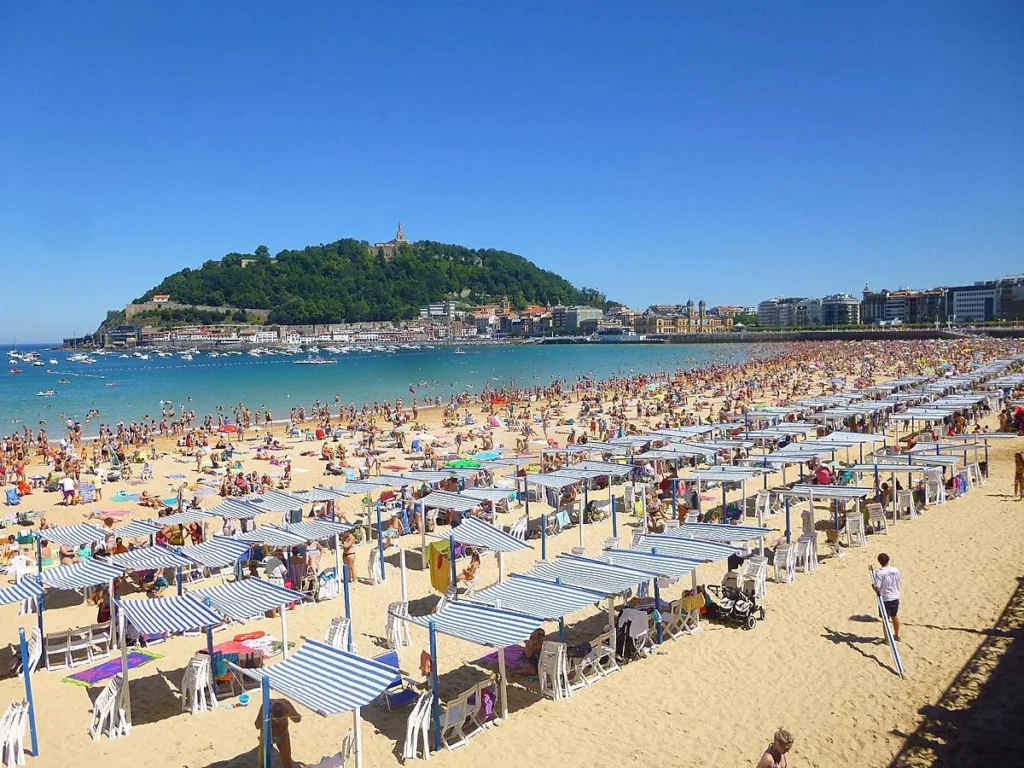
La Concha Beach is different from Mediterranean beaches because it sits on the Atlantic side of Spain. It is shaped like a shell and is right in the center of San Sebastián.
You can swim in the calm water, rent a kayak, or simply walk along the promenade. The beach is popular, but it rarely feels crowded because it is so wide.
In the evening, people gather to watch the sunset before heading into town for tapas.
Myrtos Beach, Kefalonia, Greece
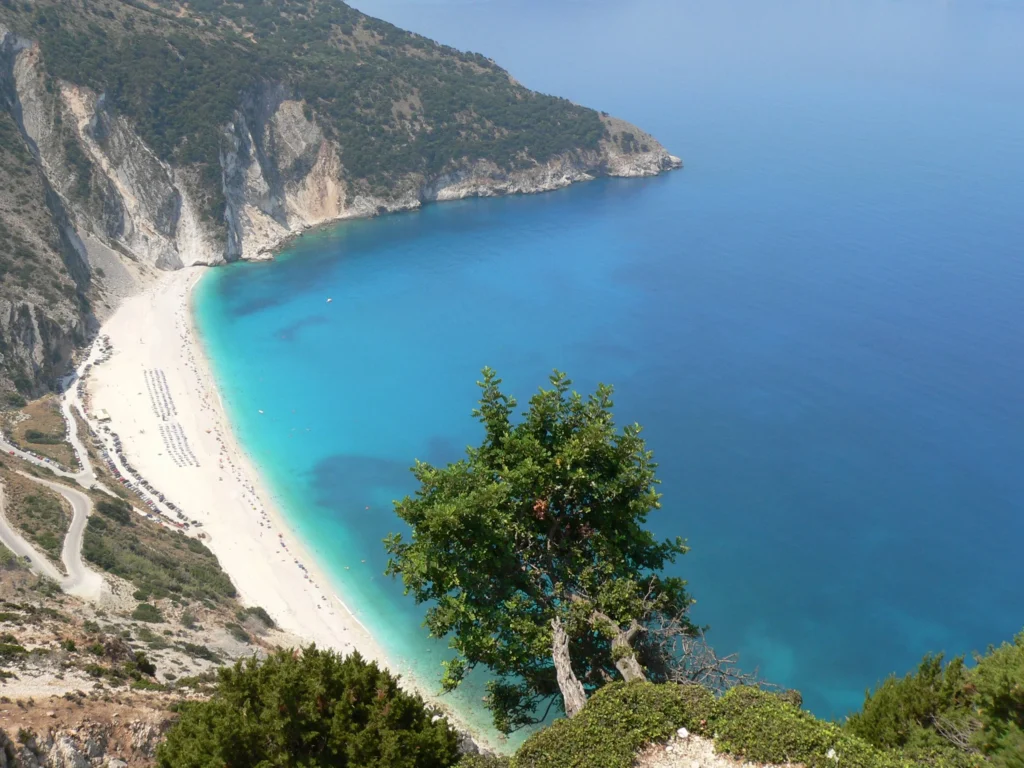
Kefalonia’s Myrtos Beach has a dramatic setting. Steep cliffs drop straight down to a curve of white pebbles and clear blue water.
The view from the road above is incredible and is worth a stop even before you reach the beach.
There are no big resorts here, which makes it quieter than many Greek beaches. Pack a picnic, because once you arrive you will not want to leave for several hours.
Reynisfjara Beach, Iceland
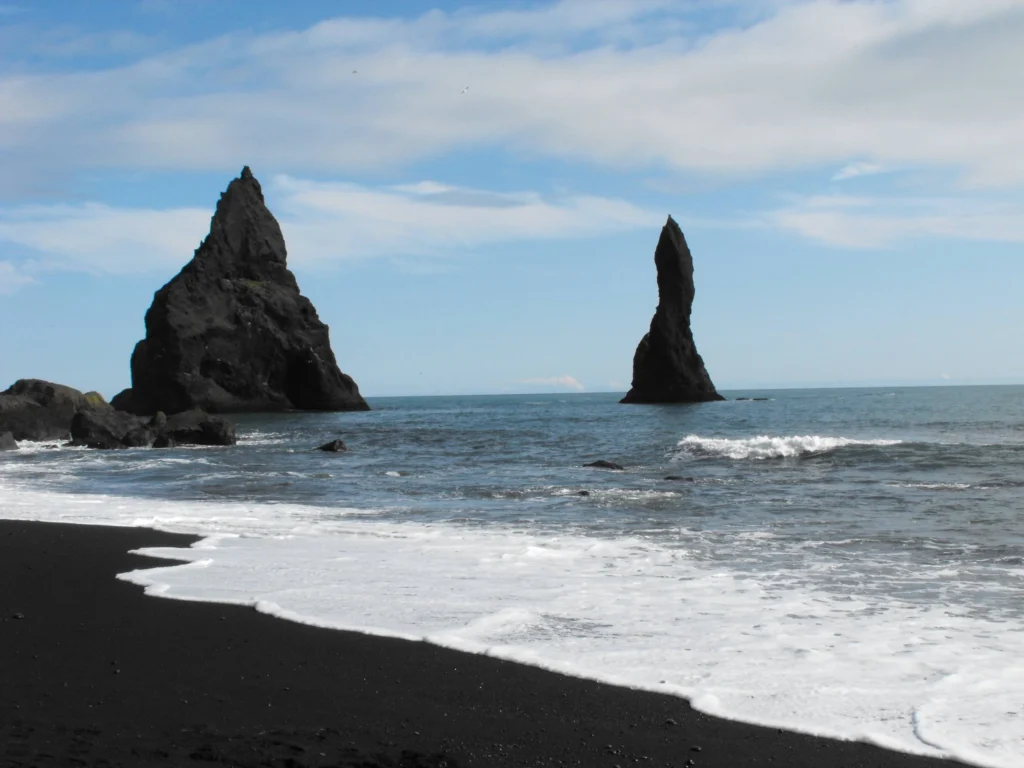
Not all beaches are warm, and Reynisfjara in Iceland is proof that a cold beach can be as stunning as a tropical one.
The black volcanic sand and basalt columns create an otherworldly scene.
Swimming is not safe because of strong currents, but walking on the beach is an amazing experience. It is also one of the best places to see puffins nesting on the cliffs in summer.
Dune du Pilat, France
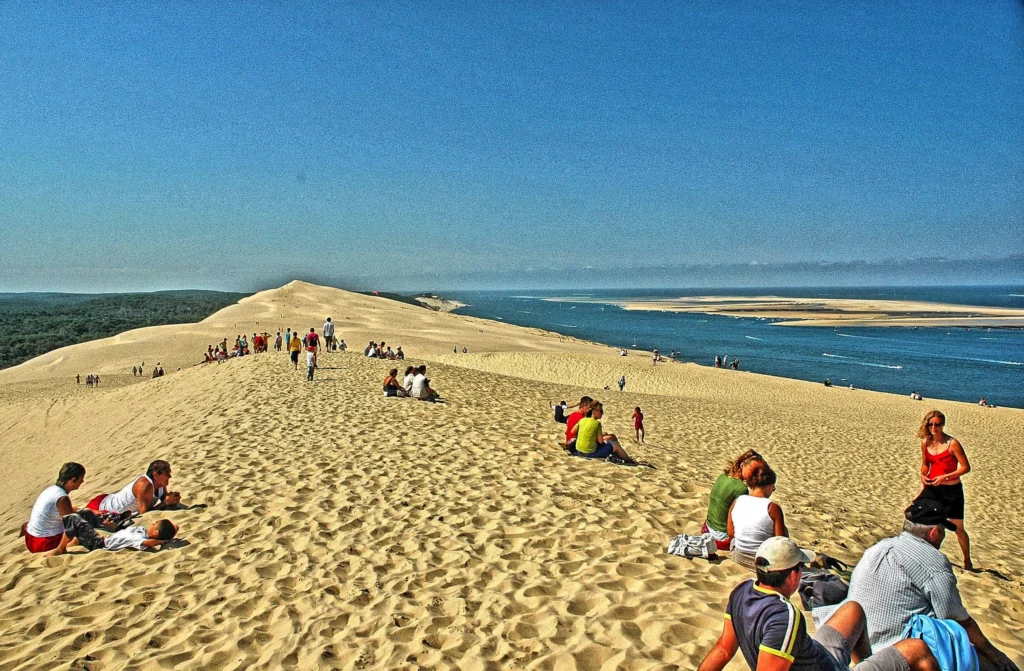
On the Atlantic coast of France, near Bordeaux, lies Dune du Pilat, the tallest sand dune in Europe. On one side you have the blue waters of the Bay of Arcachon and on the other a pine forest.
Climbing to the top of the dune is part of the fun. Kids enjoy running down the soft sand, and the view at sunset is spectacular. You can swim in the bay on warm days or simply sit and enjoy the scenery.
Tips for Visiting European Beaches in Summer
Start early in the day. Beaches are quieter in the morning, and the light is softer for photographs.
Bring reef-safe sunscreen. Many beaches have clear waters and coral or delicate ecosystems that need protection.
Respect local rules. Some beaches have protected dunes or wildlife areas where you should not walk.
Check how you will get there. Many of the most beautiful beaches are reached by boat or by walking trails, so plan ahead.
Why European Beaches Are Special
European beaches are diverse. In a single summer you can experience the cool black sands of Iceland, the golden curves of the Algarve, and the bright blue seas of the Greek islands.
Some beaches are full of life with music and water sports. Others are silent, surrounded by cliffs or forests.
The mix of culture and landscape adds something unique to a beach holiday here. After a swim, you might have a meal of local seafood, explore a historic town, or visit a market.

